All Rights reserved
By continuing to use our site, you agree to our Private Policy and Terms of Use.
By David G. Allan, CNN
(CNN) -- Spending the night in an igloo sounds cool. And it is, though mainly literally.
As my family sat in a restaurant-sized igloo at the base of a ski resort in the Austrian Alps in late December, eating a dinner consisting solely of bread and hot cheese (read: fondue), my 10-year old daughter summed up the adventure we were having.
"It's for some people," she said, her breath visible inside the "restaurant." The key question that remained at that point was: Are we "some people?"
I was dubious at first sight. The igloo village of mounds at the bottom of the Kühtai ski resort in the stunning Tyrolean mountains near Innsbruck, looked like the "Star Wars" architecture of Tatooine, relocated to the frozen planet of Hoth. I'm not sure why I expected something different (maybe it was the fictional smoke coming from the company's cartoon igloo logo?), but it was very, very cold.
Standing before the ice bar in the restaurant and greeted with steaming cups of glühwein, tea and hot chocolate, our toes started to feel numb standing on the icy floor, just minutes into our stay.
Once all the guests had arrived, our host greeted us and explained how the night would go, in German. We were the only English-speakers and while it's unreasonable to expect everyone to speak our language, the translations we got at the end were nonetheless condensed CliffsNotes of what was relayed to the other guests.
"Put the next day clothes at the bottom of your sleeping bag, ok?" the host translated for us. "And very important: No sleep anything wet." We nodded. Good tip.

There was an outdoor activity after check in. A guided snowshoe trek through a glade between two ski runs was under a tall peak dramatically lit by crescent moonlight. While my younger daughter passed on the hike after I tried to attach the footgear to her boot and made her sore toes hurt too much, my older daughter was game.
It was a beautiful, and warming, hike. I also now posses a skillset of strapping on crampon snowshoes and trudging in them uphill. But again, the tour was detailed in German and reduced to "Easy way, go there. Hard way, go there," in English.
At dinner we were never given a menu, so after our fondue (and penne pasta with red sauce kindly made for my vegan older daughter and fondue-wary younger one) we saw dessert was available, but after it was too late to order it.
Our igloo room was not made of blocks (like in the company logo, or any igloo image you might imagine), as much as three-feet thick condensed snow packed around a balloon that was deflated to reveal a hollow center. An impressive ice mural of what might have been a dragon (not breathing fire) was carved on our back wall, lit by a single light.
The sleeping bags and animal skin rugs they supplied us were lined up on a single large mattress, which was embedded atop a giant block of ice, like four jumbo shrimp cocktail.
As we plotted out all the clothes we would wear in the sleeping bag, including hats, gloves and ski pants, I predicted our breath and body heat would warm us up throughout the night. "We'll be sweating by morning," I said, profoundly incorrect.

"It's like we're sleeping in a refrigerator," my younger daughter said. We should be so lucky. The ideal temperature for a refrigerator is 4.44 degrees Celsius (40 degrees Fahrenheit), according the US Food and Drug Administration. But from the happy Finnish guest I spoke to in the sauna, and verified later by staff, I learned that inside our igloo was zero Celsius (32 Fahrenheit) -- freezing point. Outside, where you needed to go to get to the bathroom and the portable sauna, was negative 6 degrees Celsius (32 Fahrenheit).
We all went to the sauna, of course, a welcome change of climate. Our pre-bedtime improvised plan was to rewarm ourselves there, scurry to the heated bathroom area to put on all the layers, sprint back to our igloo, quickly get into the sleeping bags to retain heat, and pray for quick sleep.
By the time we actually got into our bags, the body heat from the sauna room had evaporated. I would have given anything to have had a nice, warm Tauntaun to sleep in.
To distract from the discomfort until sleep mercifully took over, I read aloud to my wife and daughters by headlamp from an autobiography by Maria von Trapp, whose abbey we'd seen just the day before in Salzburg. I fell asleep daydreaming of a cozy nun's quarters and thinking there was no one other than these three I'd rather be stuck in an ice cube tray with.
It was a terrible night's sleep for all of us. They didn't give us pillows, so we fashioned lumpy ones from our clothes. At one point, woken by the chill, I put a blanket over my head to trap in the heat, a tiny tent of warmth that allowed me to fall back asleep.
At another point in the night my younger daughter needed to go to the bathroom. She and I put our shoes on in the dark and walked the snowy path to the latrines. "Look up!" I said to her on the way back. "The stars are amazing!' and I pointed to the Big Dipper. She didn't reply, and wouldn't stop, eager to get back into her sleeping bag.
As I fell back asleep again I worried for my family. This experience felt more like endurance than enjoyment. At least that aspect of the stay was less cultural appropriation and more historic, for the Inuit people (once inaccurately referred to by the potentially racist term Eskimo) of Arctic regions never lived in igloos; they simply served as temporary shelters for surviving sub-zero overnight temperatures.
The next morning we were woken with cups of hot, unsweetened tea in our igloo. We had survived the carbon freezing process. The tea quickly became undrinkably cold as we packed up our things.
Outside we looked like bulkier versions of our exhausted, crampy selves on our first day in Austria. That was after a night of not sleeping on the redeye to Munich -- thanks to a lone toddler who screamed the entire way. At least we were warm on that plane, I thought.
Other igloo guests looked somehow happy, though. Children who also slept in an ice box were playing on large boulders of snow. They couldn't get enough. The Austrian guests wore better winter clothing than us, we noticed. They were the people for whom this icy stay was for. They were the "some people."
After we checked out, I was asked to settle up my drink tab. "What tab?" I asked. It was our warm welcoming drinks, which we hadn't even asked for. "Lame," my wife said.
All was forgiven over breakfast though. It took place in one of the pensions nearby, where skiers had wonderful, warm sleeps, no doubt with pillows! The restaurant served a buffet, with hot food. Maybe it was because of the night we had but we declared it was the best coffee and hot chocolate we had the whole trip.
Over breakfast we talked about the adventure and agreed that the sauna and breakfast were the best parts. And, my older daughter added, we now have bragging rights. Like skydiving or skiing the Alps (which we did the next day), you only need to do it once to mention it for the rest of your life.
The next night, under a duvet in a hotel room in Innsbruck I felt immense gratitude to not be falling asleep in an igloo that night, or likely ever again.
If you are the "some people" for whom an igloo sleepover still sounds like hearty, brag-able fun, Iglu-Dorf has five "snow hotel" locations (one in Austria, one in Germany and three in Switzerland) that run from late December and into early April. All locations except Kühtai have hot tubs too.
Bring extra warm socks, plenty of cozy layers, boots, a good hat to sleep in, a pillow and an adventurous and open-minded disposition. "My people" lacked a few of these essential items.
Sign up for Unlocking the World, CNN Travel's weekly newsletter. Get news about destinations opening, inspiration for future adventures, plus the latest in aviation, food and drink, where to stay and other travel developments.
The-CNN-Wire
™ & © 2023 Cable News Network, Inc., a Warner Bros. Discovery Company. All rights reserved.

















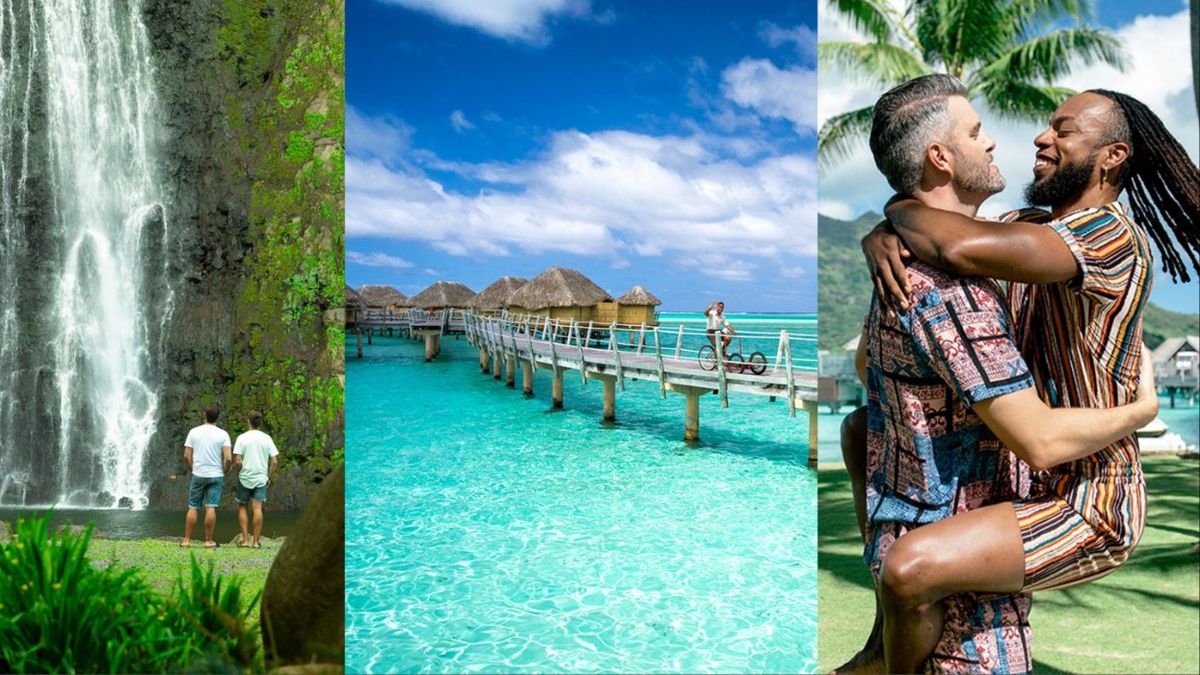


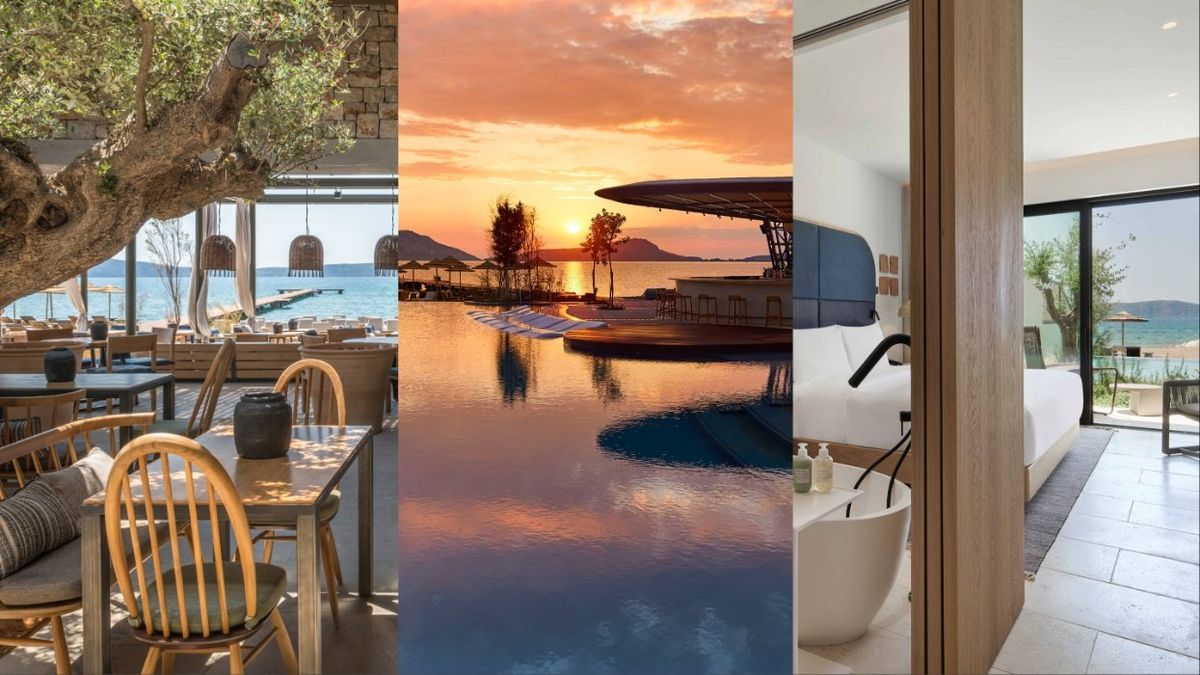



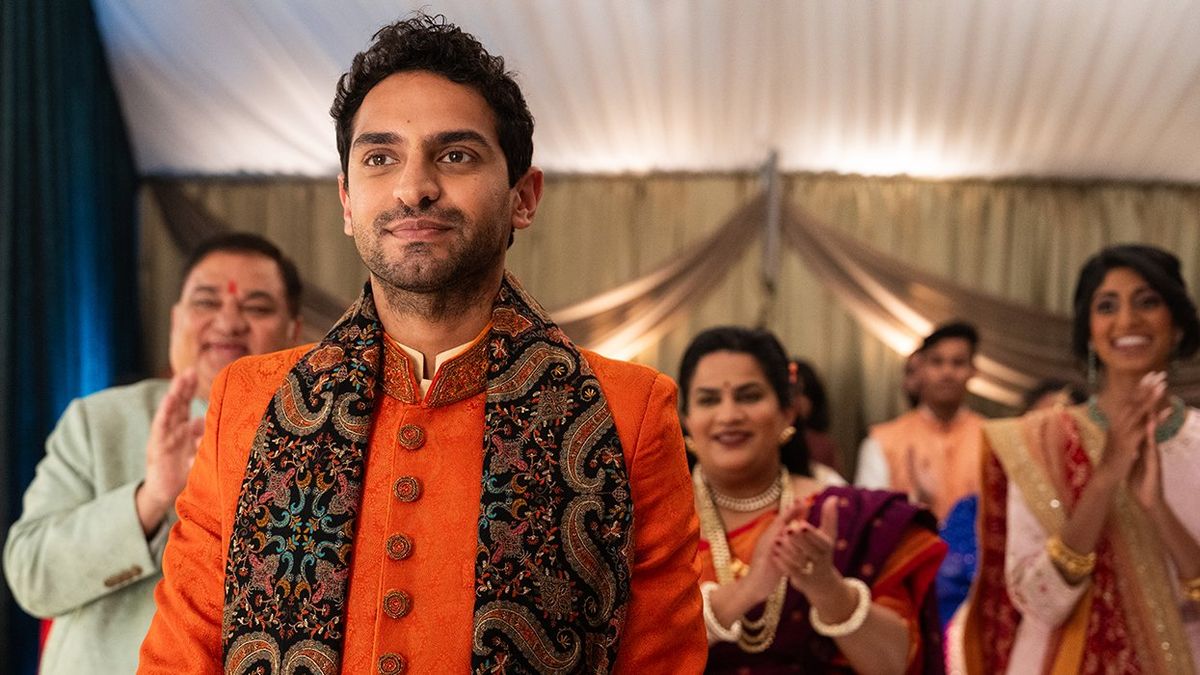
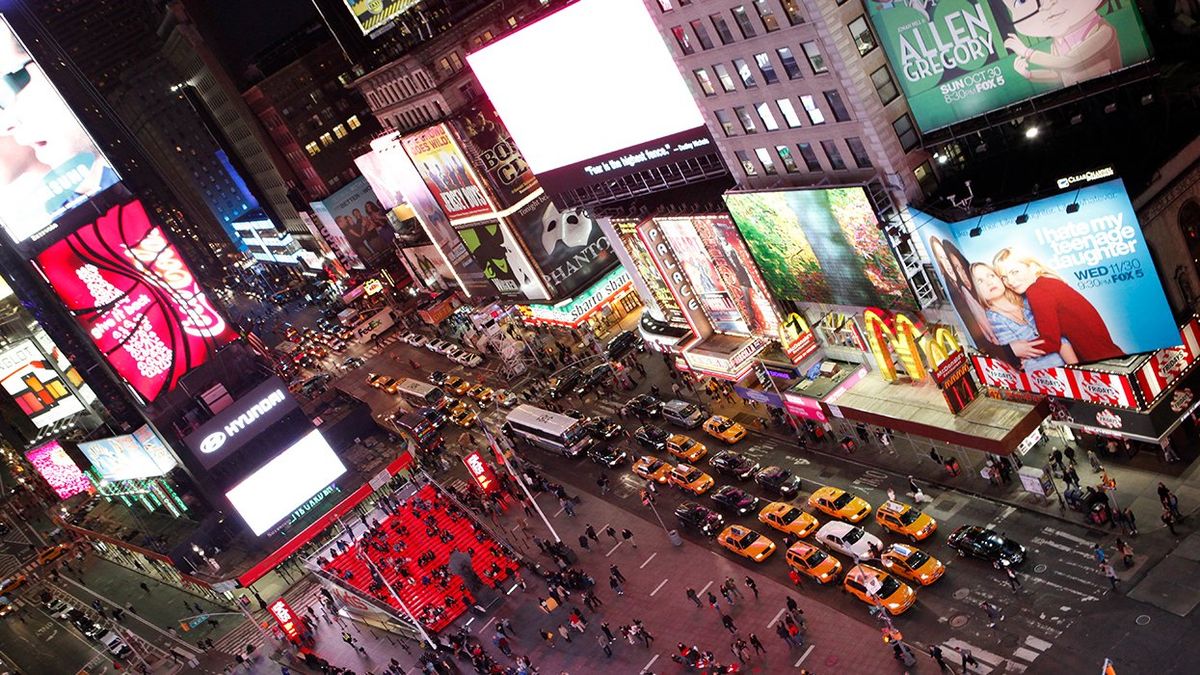






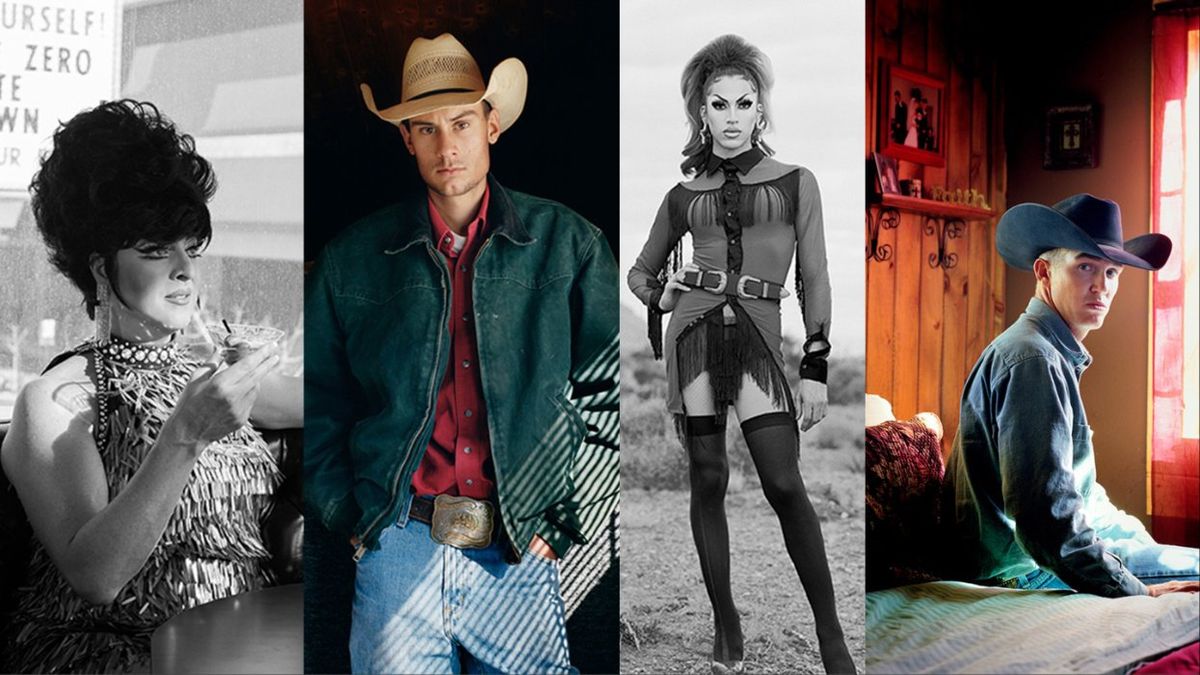









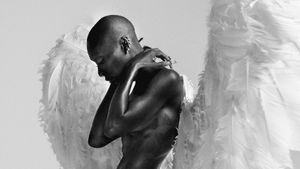















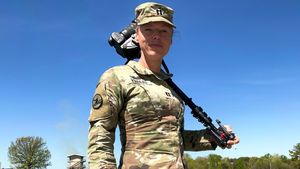












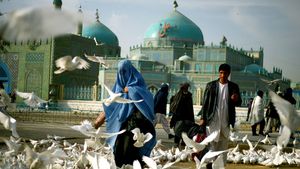








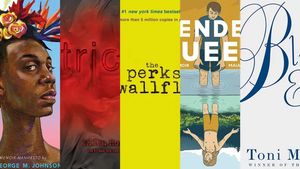




Exclusive: Lady Bunny releases new 'Hot To Blow' video